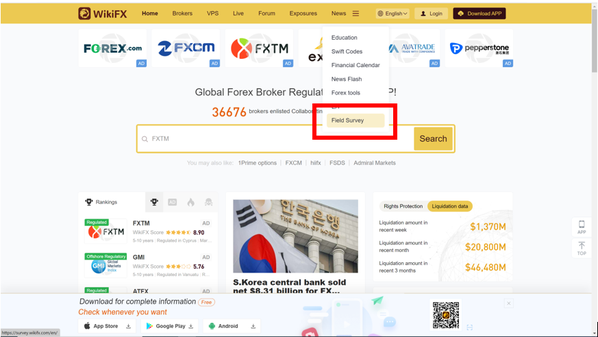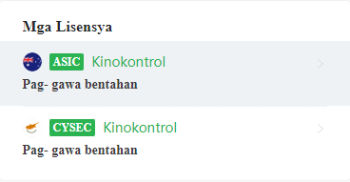
By: Chime Amara
What is a forex indicator?
Forex indicators are technical tools used to predict market trends based on the volume of trades carried out in a particular direction. Most forex Indicators are designed to mimic previous price movement patterns in forecasting the new trend to follow at a given period. This helps traders to make better decisions on when to buy or sell a particular pair in the forex market.
Types of Forex Indicators
There are four main divisions of forex indicators. This grouping is based on the specific functions they perform. They include below:
A. Volume Indicators
B. Support and Resistance Indicators
C. Trend Indicators and
D. Oscillator Indicators

Volume Indicators: This type of Indicator measures the downward or upward pressure coming into the market. Often high market volatility is used to signal a change of trend. Examples of Volume Indicators are Bollinger Bands, ATR Indicators, etc.
Support and Resistance Indicators: This is an important indicator used by traders in setting their entry and exit positions. Areas of strong support are used to mark the entry for a buy order while such points where prices meet strong opposition; are used to set sell orders. Examples of support and Resistance Indicators are Pivots points, Donchian channels, etc.
Trend Indicator: This type of Indicator is used in determining the prevalent market direction over a given period. Often, trend Indicators help the trader in understanding the market direction over the long term: say weekly or monthly. This is a special guide for swing traders. Examples: Moving Average, Ichimoku cloud, Average Direction Index (ADX), etc.
Oscillator Indicators: This type of Indicator is used to detect the market momentum. Often, the Oscillator Indicator mimics price actions. Hence they fall when market prices fall and rise when prices go up. Examples: Relative strength Index, Stochastic, Commodity Channel Indicator (CCI), Moving Average Convergence Divergence (MACD), etc.
Advantages of using an Indicator
· Aids the trader in making decisions.
· Helps in detecting the market trend.
· Assists the trader in choosing stop loss and take profit target.
Disadvantages of using an Indicator
A. Lagging: A major disadvantage of using forex indicators is the fact that they often lag. Lagging here means; they often waited for the market to execute some of its actions before they pick up or reflect the same.
B. Not good for interpreting fundamentals: Most forex indicators depend largely on previous price actions and do not take count of present fundamental factors moving the market.
C. Complexity in its use: Often it is very difficult for beginners to understand the function of a given indicator.



